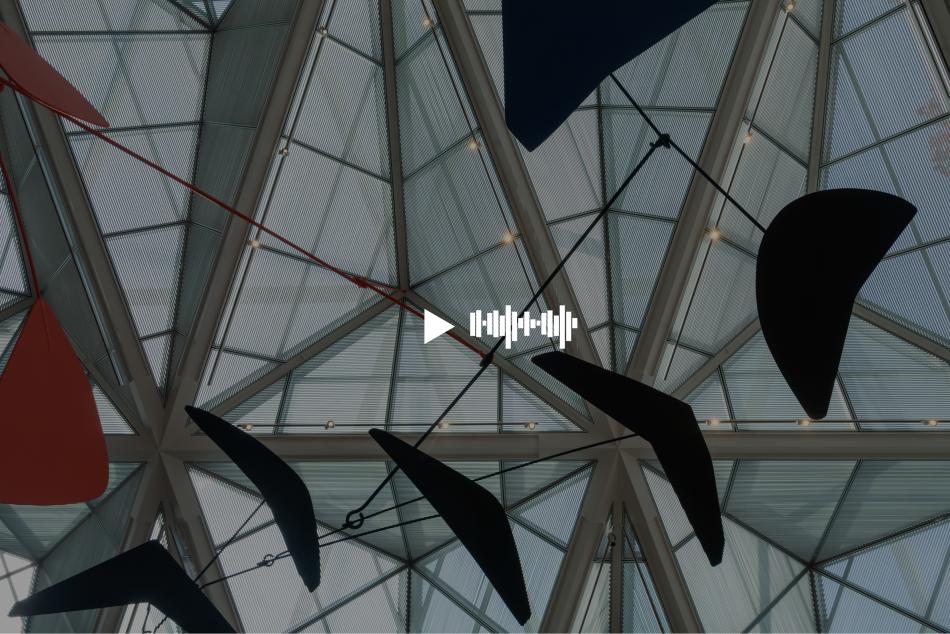NARRATOR:
The artist El Greco made this painting in Spain, around 1614. It depicts the death of Laocoön, the bearded man in the center, during the war fought by the ancient Greeks against the Trojans.
GRETCHEN HIRSCHAUER:
Laocoön was a Trojan priest and he got in trouble when he threw a spear at the Trojan Horse, which you see very small, in the background.
I'm Gretchen Hirschauer. I am a curator in the Department of Italian and Spanish Paintings.
NARRATOR:
The Roman writer Virgil told how the Greeks hid an elite military unit inside the giant wooden horse left outside the walls of Troy. The Greeks then pretended to sail away in defeat. The Trojans triumphantly pulled the horse inside the city walls, and, under cover of darkness, the Greek soldiers crept out and opened the gates of Troy to their comrades.
According to Virgil, Laocoön had tried in vain to warn his fellow Trojans about the horse, even throwing a spear at its wooden sides. And in doing so, he brought down the fury of the goddess Athena, protector of the Greeks, upon himself and his sons.
GRETCHEN HIRSCHAUER:
And so she, in retaliation, condemned the whole family - the father and the two sons - to death, and they were killed by serpents.
To me when I look at this picture, the first thing I see is the face of Laocoön. And the sort of agony on his face, the anguish. He knows what's about to happen not only to him, but happening to his sons as well.
TERI CROSS DAVIS:
And in that moment I feel so much for him, as a father. He knows he's lost, because of his desire to do the right thing.
My name is Teri Ellen Cross Davis. I am a poet, I am also the O.B. Hardison Poetry Series artistic curator and poetry programs manager for the Folger Shakespeare Library.
There's a way into any art. For me, that door is opened by our own human experiences. I can look at this and say: I know that father’s grief, I know his pain, I know his anguish. I'm a Black woman in America - I worry about my children’s safety every day. What makes a poem work for me is the humanity that it exposes; what makes this painting work for me is the humanity it exposes.



